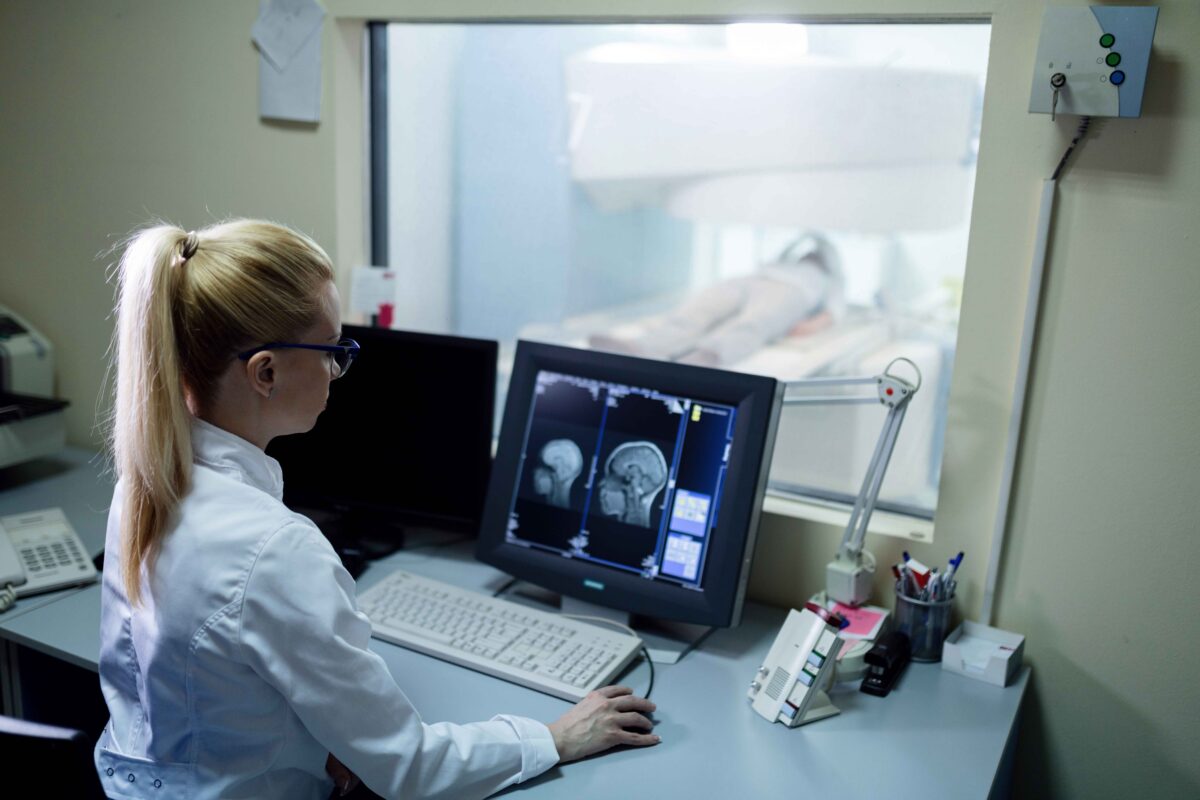Radiology Transcription: Enhancing Efficiency and Accuracy in Medical Documentation

Radiology Transcription
Enhancing Efficiency and Accuracy in Medical Documentation
In the intricate landscape of healthcare, precision and promptness in medical documentation are paramount. Radiology transcription, a vital component of this process, plays a pivotal role in ensuring that patient records are accurately transcribed and readily accessible to healthcare providers. This article delves into the nuances of radiology transcription, highlighting its significance, challenges, and the evolving landscape of stat transcription.
Understanding Radiology Transcription
Radiology transcription involves the conversion of dictated radiology reports into text format. Radiologists, specialized physicians trained in interpreting medical images such as X-rays, MRIs, and CT scans, dictate their observations and interpretations of these images. These dictations are then transcribed by skilled transcriptionists into written reports, which become part of the patient’s medical record.
The Significance of Radiology Transcription
Accurate and timely radiology transcription is crucial for several reasons:
- Clinical Decision Making: Radiology reports guide clinicians in diagnosing and treating various medical conditions. Timely transcription ensures that healthcare providers have access to critical information promptly, facilitating faster decision-making and patient care.
- Legal Documentation: Radiology reports serve as legal documents, providing a detailed account of a patient’s imaging studies and the radiologist’s findings. Accurate transcription is essential to maintain the integrity of these documents, especially in legal proceedings and insurance claims.
- Patient Safety: Errors or delays in transcribing radiology reports can compromise patient safety. Timely and accurate documentation reduces the risk of misinterpretation or miscommunication, minimizing the likelihood of adverse events.
- Efficiency and Workflow Optimization: Streamlined transcription processes enhance workflow efficiency in healthcare settings. By outsourcing transcription tasks to specialized professionals, healthcare facilities can focus on delivering quality patient care without the burden of documentation.
Challenges in Radiology Transcription
Despite its importance, radiology transcription poses several challenges:
- Complex Terminology: Radiology reports often contain specialized medical terminology and abbreviations that may be unfamiliar to transcriptionists. Ensuring accuracy requires comprehensive knowledge of radiology terminology and the ability to interpret complex medical jargon.
- Technical Complexity: Transcribing radiology reports requires proficiency in understanding and interpreting various imaging modalities, such as MRI, CT, ultrasound, and X-ray. Transcriptionists must be well-versed in the technical aspects of these modalities to accurately capture radiologists’ observations.
- Turnaround Time: In certain cases, such as emergency or stat transcription, quick turnaround times are critical. Meeting urgent deadlines without compromising accuracy can be challenging and requires efficient workflow management and prioritization.
- Quality Control: Maintaining high standards of accuracy and consistency is paramount in radiology transcription. Implementing robust quality control measures, such as proofreading and peer review, helps minimize errors and ensures the reliability of transcribed reports.
The Role of Technology in Radiology Transcription
Advancements in technology have revolutionized radiology transcription, offering innovative solutions to streamline processes and improve efficiency:
- Speech Recognition Software: Speech recognition technology allows radiologists to dictate their reports directly into a computer, eliminating the need for manual transcription. This not only accelerates the documentation process but also reduces transcription errors.
- Natural Language Processing (NLP): NLP algorithms analyze and interpret unstructured text, facilitating automated extraction of key information from radiology reports. This technology enhances data mining capabilities, enabling researchers to extract valuable insights from large volumes of medical data.
- Cloud-Based Transcription Platforms: Cloud-based transcription platforms offer scalability, accessibility, and collaboration features, allowing multiple stakeholders to access and review radiology reports remotely. These platforms streamline workflow management and facilitate real-time collaboration between radiologists and transcriptionists.
- Integration with Electronic Health Records (EHR): Seamless integration with EHR systems ensures that transcribed radiology reports are directly incorporated into patients’ electronic medical records. This enhances interoperability and accessibility of patient data across healthcare settings, improving continuity of care.
Stat Transcription: Meeting Urgent Demands in Radiology
In healthcare settings, certain scenarios necessitate immediate transcription of radiology reports, known as stat transcription. Stat transcription is characterized by its urgency and requires prompt turnaround times to meet critical clinical needs. Key considerations in stat transcription include:
- Emergency Situations:
In emergency departments or trauma centers, rapid interpretation of imaging studies is essential for timely diagnosis and treatment of life-threatening conditions. Stat transcription ensures that radiology reports are available to healthcare providers without delay, facilitating prompt interventions. - Critical Patient Care: Patients requiring urgent medical attention, such as those experiencing acute cardiac events or strokes, rely on expedited radiology transcription to guide clinical management decisions. Timely access to radiology reports is crucial for optimizing patient outcomes in critical care settings.
- Effective Communication: Stat transcription fosters effective communication between radiologists, referring physicians, and other members of the healthcare team. By expediting the delivery of critical information, stat transcription enhances care coordination and ensures that urgent clinical needs are addressed promptly.
- Workflow Optimization: Implementing efficient workflows and prioritization strategies is essential to meet the demands of stat transcription effectively. Leveraging technology, such as speech recognition software and automated prioritization algorithms, enables healthcare facilities to streamline stat transcription processes and improve responsiveness.








